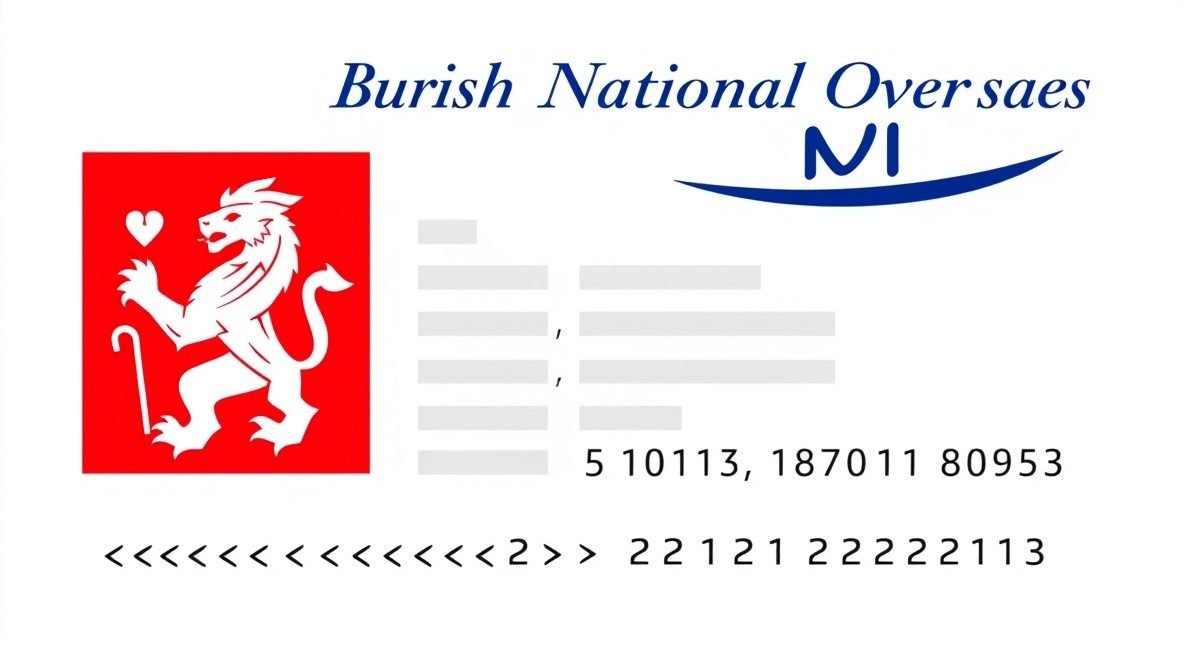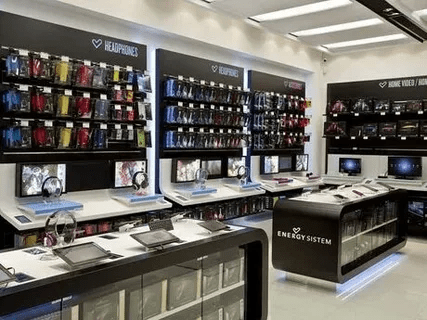In an era where users are spoiled for choice, the success of an app hinges not just on its functionality but on its ability to evoke positive emotions. Emotional design focuses on creating experiences that delight, engage, and resonate deeply with users, turning mundane interactions into memorable connections. Here’s how emotional design can transform your app from simply useful to genuinely lovable.
1. Understanding Emotional Design
Emotional design is rooted in psychology and seeks to address three levels of user interaction, as described by Don Norman in Emotional Design: Why We Love (or Hate) Everyday Things:
- Visceral: The immediate reaction to an app’s aesthetics and feel.
- Behavioral: The satisfaction derived from using the app.
- Reflective: The long-term impact of the app on the user’s self-image or emotional state.
These layers guide how we perceive, use, and remember an app.
2. The Power of Aesthetics
The first impression is crucial. A visually appealing interface can evoke feelings of joy and trust. Factors to consider include:
- Color Psychology: Use colors that evoke desired emotions (e.g., blue for trust, red for energy).
- Typography: Choose fonts that reflect your app’s personality.
- Imagery: Incorporate engaging visuals, illustrations, or animations to add warmth and charm.
For instance, apps like Duolingo use playful illustrations and animations to create a fun, non-intimidating learning environment.
3. Enhancing Usability with Delight
Usability is the foundation of emotional design, but delight takes it further. Small, thoughtful interactions can surprise and engage users:
- Microinteractions: Subtle animations, sounds, or feedback loops that make tasks feel more rewarding (e.g., a “ding” when completing a goal).
- Gamification: Adding elements like badges, progress bars, or challenges can motivate users.
- Personalization: Tailoring the experience to individual preferences or behaviors fosters a sense of connection.
4. Building Trust Through Empathy
Users are more likely to fall in love with apps that feel human and empathetic. This includes:
- Error Messages: Turn frustrating moments into opportunities for humor or encouragement.
- Accessibility: Design for inclusivity, ensuring all users can enjoy the experience.
- Support: Provide helpful, friendly assistance when needed, reinforcing trust.
For example, Slack’s friendly and conversational tone helps users feel at ease, even when dealing with technical issues.
5. Fostering Emotional Connections
To create a lasting impact, your app should resonate with users on a deeper level:
- Storytelling: Use narratives or relatable characters to evoke emotions.
- Shared Values: Align with users’ goals or beliefs, such as promoting sustainability or community building.
- Memorability: Create moments that users want to share or revisit.
Think about how Headspace blends calming visuals and narratives to connect emotionally with users seeking mindfulness.
Conclusion
Emotional design is about more than just aesthetics—it’s about crafting experiences that leave users feeling understood, empowered, and delighted. By addressing users’ visceral, behavioral, and reflective needs, your app can transcend mere functionality and become something users genuinely love and depend on. In today’s competitive landscape, emotional design is no longer a luxury—it’s a necessity.
Devoq Design is a premier UI/UX Design Agency in Bhubaneswar and UI/UX Design Agency in Cuttack , specializing in delivering user-friendly and innovative digital solutions. Their expert team focuses on creating intuitive interfaces and seamless user experiences, tailored to the specific needs of businesses. Whether in Montana or Nebraska, Devoq Design offers high-quality, customized design services that help businesses enhance their digital presence, engage users, and achieve long-term success.











































































































































































































































































































































































































































































































































































































































































































































































































































































































































































































































